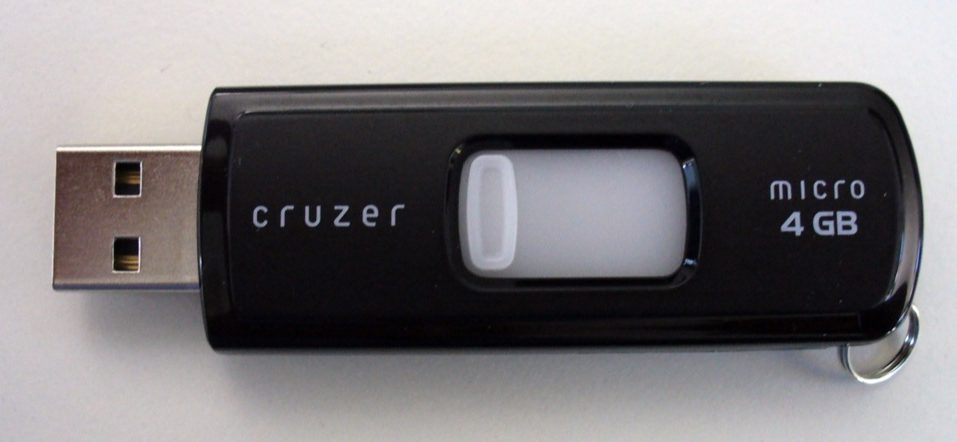I am constantly collecting data from the web and I save it to several USB memory sticks that I carry with me daily. If I’m in the office and happen to run across something of value I often pull the USB stick out of my pocket and save a copy. I have sub-directories organized on my stick such as “Food Storage”, “Water Supply”, “Topo Maps” or “Ham radio related” and then sub-category that into say “Antenna Builds”, “Local Repeaters” or “Radio Manuals”. I’m not advocating saving everything on a USB stick because nothing beats having the piece of paper in your hand explaining what to do. I still will hard copy print important papers like radio manuals, the AmRRON SOP manual, recipes, engine manuals, and medical manuals.
I typically create USB archives of good books I have run across online such as one that I recently read about “The Great Taking”, or The Modern Survival Retreat by Ragnar Benson” (which both can be found for no cost on the web) or just any good prepper books. If you web search “Good Prepper Manuals PDF” the search results will give you a plethora of free manuals such as Nuclear survival, first aid, and military survival guides. Once you begin finding and saving PDF references and files you will be surprised all of the resources available on the web for your library.
I never store personal information or data records on this device, it’s an everyday carry USB stick to grab something that might be useful in the future. Every week or two I copy its contents up to a backup drive at home in case it gets lost and all of that hard work is gone. Believe me, I’ve done it as I had a small hole in my pocket and one slipped out of my pants to be lost forever. Luckily I had backed it up two months earlier. But since then back up more often. I now mini-carabiner clip it to my key chain so it’s no longer a small object in my pocket.
Once a month, I take my memory stick and download the data off of my storage drive and duplicate it to a second memory stick that is EMP-safe. These are sticks that are typically shielded in a metal case with a metal cap — like the ones sold by SurvivalBlog each year with a full archive of blog files and hundreds of books and manuals. These types of waterproof USB sticks are often hard to acquire or require ordering a large quantity of them, to purchase. An alternative to this type of USB storage is to use a couple of static type bags used for electronics, and store them in your Faraday container. Another method is wrap the memory stick in a nonconductive foam and place it in a small tin in essence creating a mini Faraday cage. Do a web search and study how to safely store electronics in an EMP / CME for…
